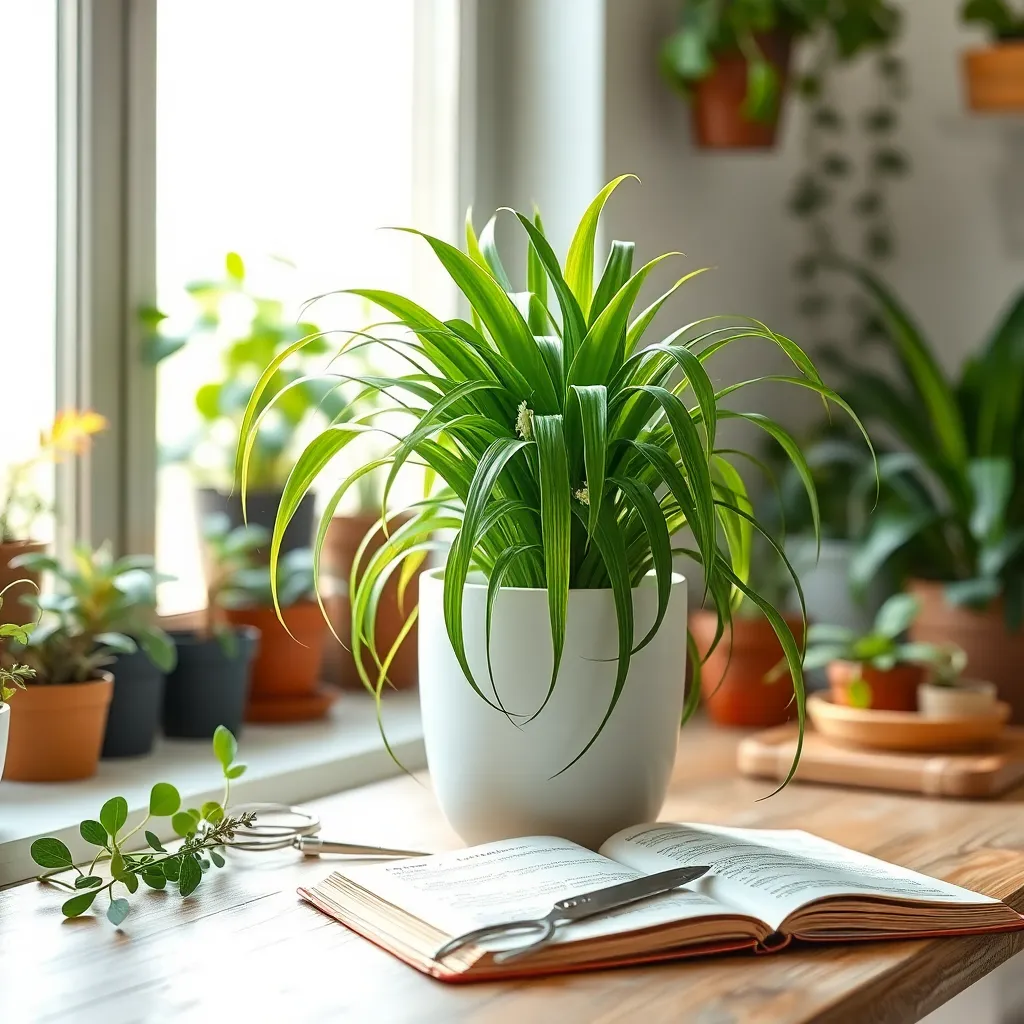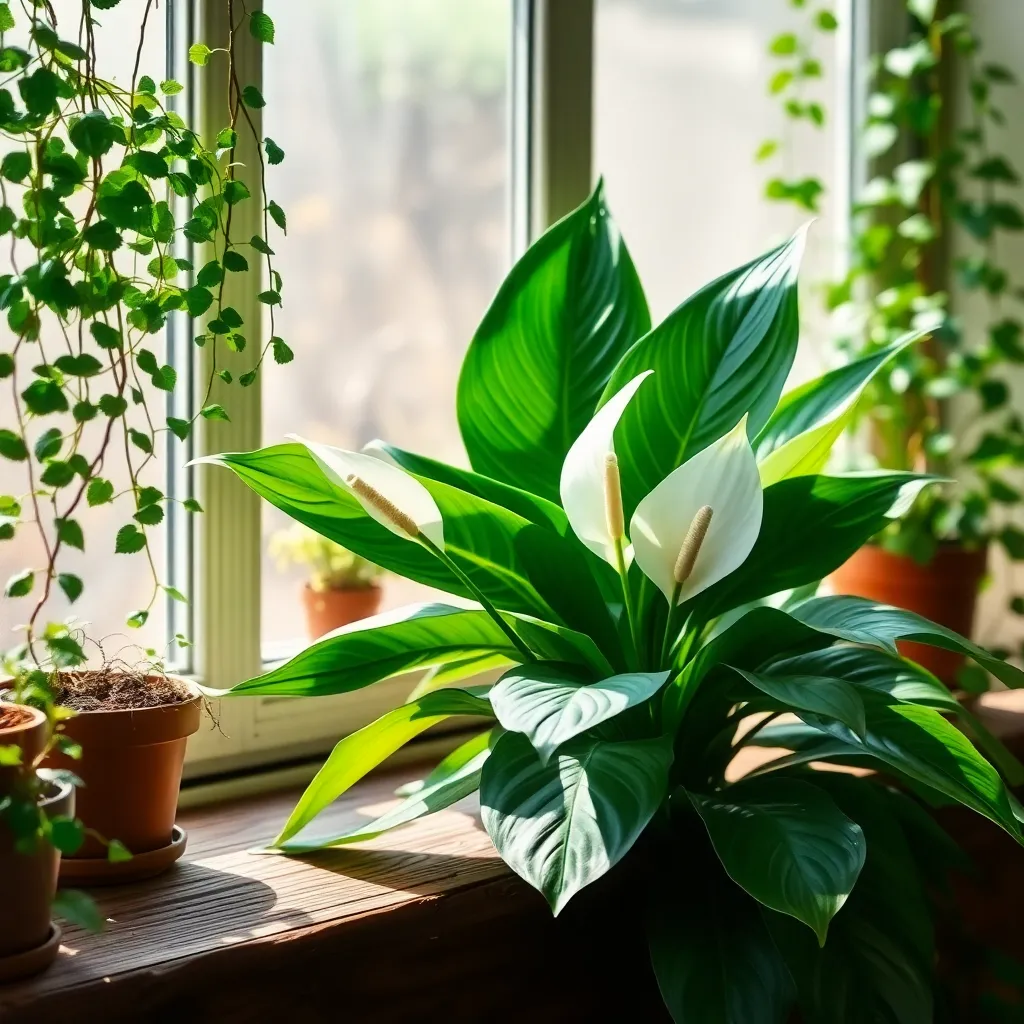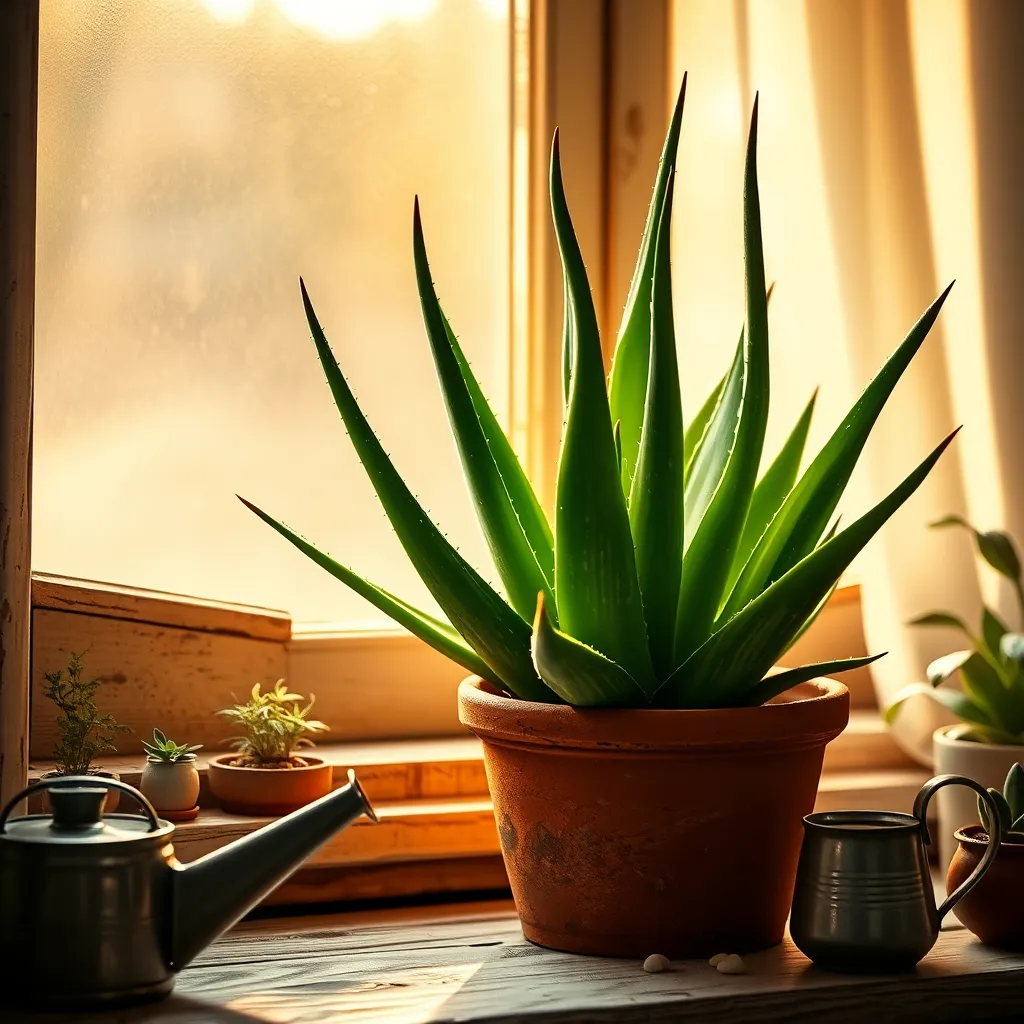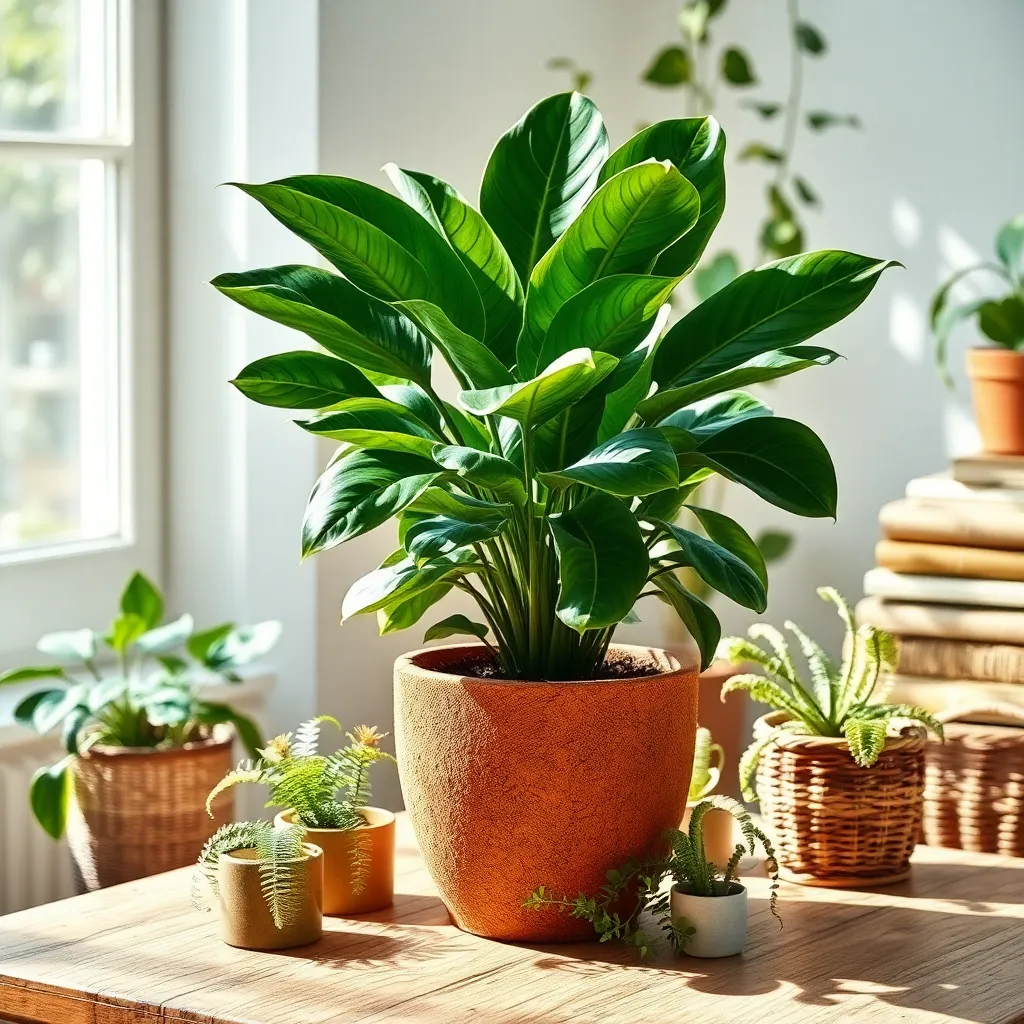Imagine stepping into your home, greeted by a refreshing, invigorating atmosphere created by nature’s own air purifiers. Whether you’re just beginning your gardening journey or have years of experience under your belt, the joy of cultivating houseplants that enhance air quality is a rewarding endeavor that benefits both your environment and well-being. This guide will introduce you to the top five houseplants renowned not only for their beauty but also for their remarkable ability to cleanse and refresh the air you breathe.
The value of these green companions extends beyond their aesthetic appeal; they actively contribute to a healthier indoor space, making them a must-have for every home. By choosing the right plants, you’ll unlock practical benefits such as improved air quality, heightened mood, and a calming ambiance—all with minimal effort. With this guide, you’ll gain the confidence to select and care for these powerhouse plants, transforming your living space into a verdant sanctuary. Dive in, and discover how easily accessible the rewards of successful gardening can be, no matter your level of expertise.
Spider Plant (Chlorophytum comosum)

Spider plants, scientifically known as Chlorophytum comosum, are excellent for improving indoor air quality. They are easy to care for, making them perfect for both beginners and experienced gardeners.
Place your spider plant in bright, indirect sunlight for optimal growth, but it can adapt to low light conditions as well. This adaptability makes it a versatile choice for any room in your home.
Water your spider plant when the top inch of soil feels dry, ensuring it does not sit in waterlogged conditions. Overwatering is a common mistake, so using a pot with drainage holes is recommended to prevent root rot.
For best results, use a well-draining potting mix, such as a blend of peat, pine bark, and perlite. This will provide the necessary aeration for healthy root development.
Advanced gardeners might consider propagating spider plants through their plantlets, which appear as small offshoots. Simply cut a plantlet and place it in water until it develops roots, then transfer it to soil.
Peace Lily (Spathiphyllum spp.)

Peace Lilies (Spathiphyllum spp.) are an excellent choice for those looking to improve indoor air quality while adding a touch of elegance to their home. Known for their ability to filter toxins like formaldehyde and benzene, these plants are both beautiful and functional.
To thrive, Peace Lilies prefer a location with indirect sunlight, as direct sun can scorch their leaves. They can tolerate low-light conditions, making them ideal for rooms with minimal natural light.
When it comes to watering, allow the top inch of soil to dry out between waterings to prevent overwatering, which Peace Lilies are prone to. Use a well-draining potting mix and a pot with drainage holes to further safeguard against root rot.
For those looking to give their Peace Lily an extra boost, consider fertilizing every six to eight weeks with a balanced, water-soluble fertilizer. This will encourage healthy growth and more frequent blooming, rewarding you with those striking white flowers.
Aloe Vera (Aloe barbadensis miller)

Aloe Vera (Aloe barbadensis miller) is a resilient houseplant known for its air-purifying qualities and medicinal uses. It thrives in bright, indirect sunlight, making it perfect for sunny spots in your home.
To ensure healthy growth, plant Aloe Vera in a well-draining cactus or succulent soil mix. Water your Aloe sparingly, allowing the soil to dry out completely between waterings to prevent root rot.
Enhance your Aloe’s health by feeding it with a diluted liquid fertilizer every four to six weeks during the growing season. For those with advanced gardening skills, consider propagating Aloe Vera by removing and repotting its offsets, also known as “pups.”
Watch for signs of overwatering, such as mushy leaves, and adjust your care routine as needed. With the right conditions, Aloe Vera can be a long-lasting addition to your indoor garden, contributing both to the air quality and the aesthetic of your space.
Boston Fern (Nephrolepis exaltata)

The Boston Fern (Nephrolepis exaltata) is a classic choice for enhancing air quality indoors. Known for its lush, arching fronds, this fern is particularly effective at filtering out pollutants like formaldehyde and xylene from the air.
For optimal growth, Boston Ferns thrive in environments with high humidity and indirect light. To achieve this, place them in bathrooms or kitchens where moisture levels are naturally higher, or use a humidity tray to maintain the necessary atmospheric conditions.
Watering is crucial for Boston Fern care; keep the soil consistently moist but not soggy. It’s advisable to water them once a week, ensuring the pot has good drainage to prevent root rot, a common issue with overwatering.
These ferns prefer a potting mix that retains moisture yet drains well. A combination of peat moss, perlite, and pine bark can provide the ideal environment, supporting healthy root growth and frond development.
For more advanced care, consider misting your fern with water daily and feeding it with a diluted liquid fertilizer monthly during the growing season. This practice helps maintain vibrant foliage and encourages lush growth, making your fern a standout feature in any room.
Rubber Plant (Ficus elastica)

The Rubber Plant (Ficus elastica) is not only a stylish addition to your home but also an excellent air purifier. Its broad, glossy leaves are known for absorbing airborne chemicals, making it a popular choice for enhancing indoor air quality.
For optimal growth, position your Rubber Plant in a spot with bright, indirect light. While it can tolerate lower light conditions, too much direct sunlight can scorch the leaves.
Watering your Rubber Plant correctly is crucial for its health. Allow the top inch of soil to dry out between waterings to prevent overwatering, which can lead to root rot.
Use a well-draining potting mix, such as a blend of peat, pine bark, and perlite, to ensure healthy root development. Fertilize every four to six weeks during the growing season with a balanced, water-soluble fertilizer to encourage lush growth.
- Repot your Rubber Plant every couple of years to refresh the soil and provide more space for roots.
- Regularly wipe the leaves with a damp cloth to remove dust and help the plant breathe better.
For those seeking a larger indoor plant, the Rubber Plant can reach heights of up to ten feet indoors with proper care. Pruning the top can help maintain its desired shape and size, encouraging a bushier appearance.
Conclusion: Growing Success with These Plants
In nurturing both our relationships and our living spaces, the ‘Top 5 Houseplants for Better Air Quality’ offers transformative insights. We explored the peace lily’s ability to promote tranquility and the snake plant’s resilience, both mirroring the importance of calm and endurance in relationships. The aloe vera’s healing properties remind us of the need for care and tenderness, while the bamboo palm’s air-purifying prowess symbolizes the rejuvenating power of trust. Lastly, the spider plant’s adaptability underscores the strength found in flexibility and compromise.
To immediately enhance your home and relationship, consider introducing one of these plants to your space today. Not only will they invigorate your environment, but they will also serve as daily reminders of the qualities that fortify any partnership.
Remember to bookmark this article for future reference, as these botanical allies will continue to offer guidance and support. As we weave these natural elements into our lives, we set the stage for thriving relationships that grow stronger over time. Let these plants be the start of a journey towards deeper connections and a healthier, more harmonious home.
